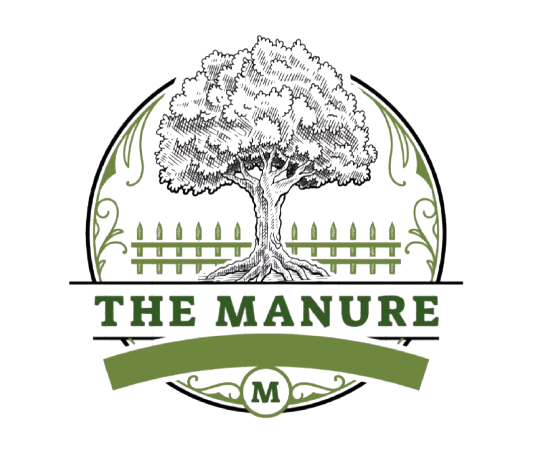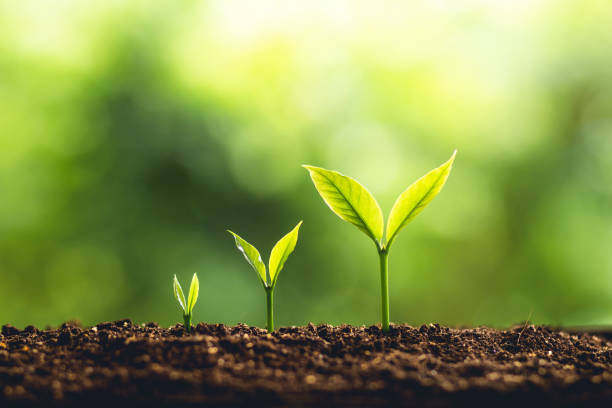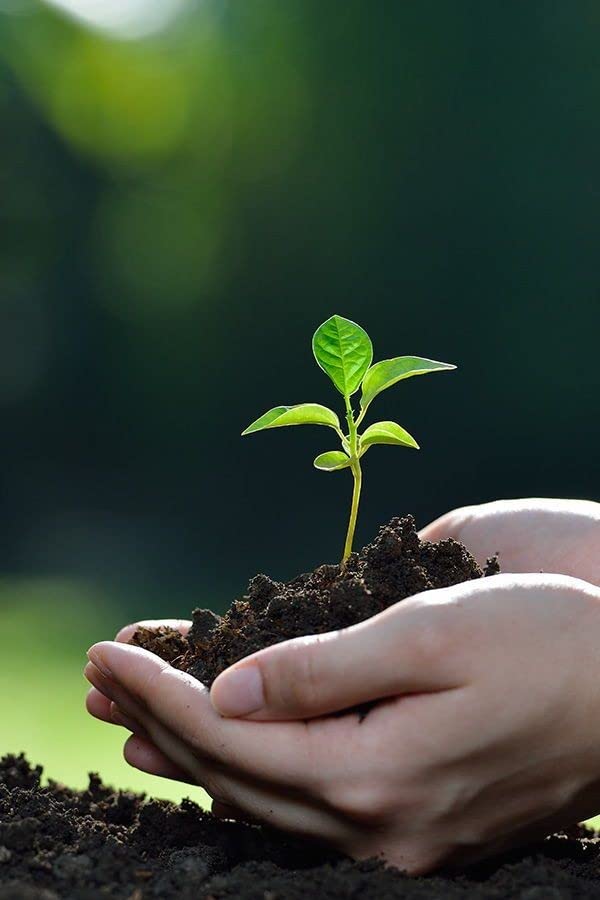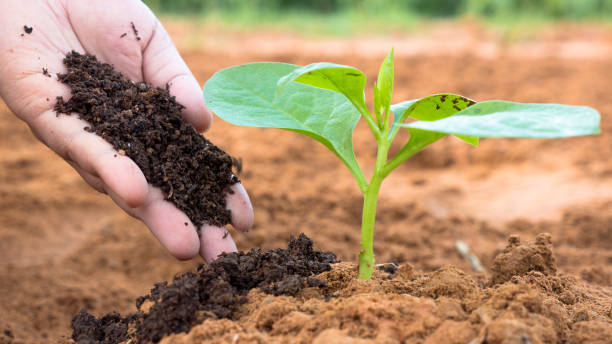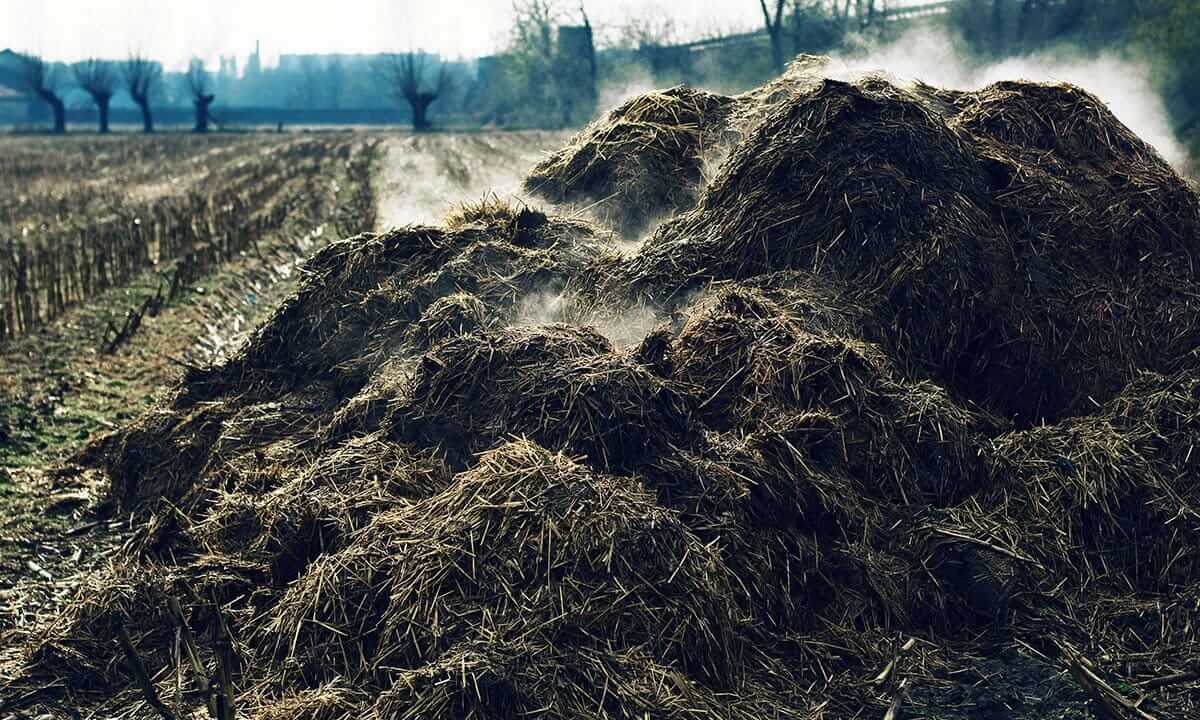In the quest for healthier, faster-growing plants, gardeners and farmers have trusted one natural solution for centuries: manure. But how exactly does manure support plant growth? Why is it still a favorite in the age of synthetic fertilizers? Let’s dig in and uncover the powerful ways manure enriches the soil and boosts plants’ vitality.
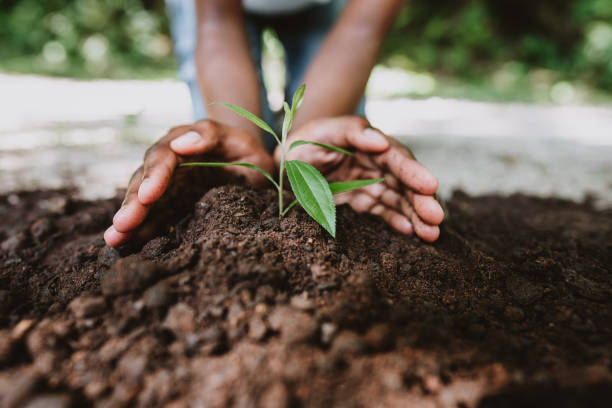
Key Benefits of Manure for Plant Growth
1. Rich in Essential Nutrients
Manure provides vital nutrients that plants need, such as:
- Nitrogen (N) for leafy growth
- Phosphorus (P) for strong root development
- Potassium (K) for overall health
Unlike synthetic fertilizers that deliver nutrients all at once, manure releases these elements slowly, feeding over time and minimizing nutrient runoff.
2. Improves Soil Structure
Healthy soil isn’t just about nutrients — it’s about structure. Manure helps to:
- Loosen heavy clay soils, improving drainage and root penetration
- Bind sandy soils, helping them retain moisture and nutrients
- Increase organic matter, creating a rich, crumbly texture that plants love
Better soil structure means stronger roots, better water retention, and higher resistance to erosion.
3. Boosts Microbial Activity
Manure acts like a banquet for beneficial soil microorganisms. These tiny organisms:
- Break down organic matter
- Release nutrients in forms can easily absorb
- Suppress soil-borne diseases
- Build a living, breathing soil ecosystem that naturally supports health
Without a thriving microbial community, even nutrient-rich soils can fail to support vigorous growth.
4. Enhances Water Retention
Soils amended with manure retain moisture far better than barren soils. This means:
- Stay hydrated longer during dry spells
- Less frequent watering is needed
- Stress is reduced, leading to stronger growth and better yields
5. Environmentally Friendly
Manure recycling supports sustainable agriculture. Instead of relying on chemical fertilizers (which can leach into waterways and harm ecosystems), using manure returns natural nutrients to the soil, completing a healthy cycle.
How Plants Grow

There must be an area of growth, similar to how the bones in your fingers, arms, and legs grow longer. There is, and it is called the apical meristem, which is shown here.
Most plants continue to grow throughout their lives. Like other multicellular organisms, plants grow through a combination of cell growth and cell division. Cell growth increases cell size, while cell division (mitosis) increases the number of cells. As plant cells grow, they also become specialized into different cell types through cellular differentiation. Once cells differentiate, they can no longer divide. How do plants grow or replace damaged cells after that?
The key to continued growth and repair of plant cells is meristem. Meristem is a type of plant tissue consisting of undifferentiated cells that can continue to divide and differentiate.
Apical meristems are found at the apex, or tip, of roots and buds, allowing roots and stems to grow in length and leaves and flowers to differentiate. Roots and stems grow in length because the meristem adds tissue “behind” it, constantly propelling itself further into the ground (for roots) or air (for stems). Often, the apical meristem of a single branch will become dominant, suppressing the growth of meristems on other branches and leading to the development of a single trunk. In grasses, meristems at the base of the leaf blades allow for regrowth after grazing by herbivores—or mowing by lawnmowers.
Innovations in 2025: Modern Manure Management
The world of manure has seen exciting innovations:
1. Manure-Derived Pellets and Teas
Companies now offer dried, pelletized manure and manure “teas” (liquid extracts) that are easy to handle, apply, and store—especially for urban gardeners.
2. Smart Composting Systems
Smart composting bins now use sensors and AI to monitor temperature, moisture, and microbial activity. These systems ensure that manure composting is optimized for nutrient retention and pathogen reduction.
3. Biochar-Manure Blends
Combining composted manure with biochar enhances carbon retention, reduces odor, and further improves soil fertility. These blends are especially popular in permaculture and regenerative agriculture circles.
4. Anaerobic Digesters
These large systems, increasingly adopted by livestock farms, convert manure into biogas for energy while producing nutrient-rich digestate for fields. This circular model reduces greenhouse gases and creates a secondary income stream.
Manure vs. Chemical Fertilizers: A 2025 Perspective
| Feature | Manure | Chemical Fertilizers |
|---|---|---|
| Nutrient release | Slow and steady | Quick, often too fast |
| Soil improvement | Yes (organic matter, microbes) | No |
| Environmental impact | Positive (if managed properly) | Often negative |
| Cost | Low (especially on farms) | High and rising |
| Sustainability | Renewable, circular | Fossil fuel-based, nonrenewable |
In 2025, the rising cost of synthetic fertilizers due to global supply chain issues and environmental regulations makes manure even more attractive from both an economic and ecological standpoint.
Tips for Using Manure Safely
While manure is a powerful ally, it needs to be used correctly:
- Compost first: Fresh manure can be too strong and may burn . Composting manure stabilizes nutrients and kills harmful pathogens.
- Apply at the right time: Add manure a few months before planting or after harvesting to allow it to integrate into the soil.
- Use the right type: Some manures, like chicken manure, are very high in nitrogen and should be used sparingly or well-composted.
Conclusion
Manure isn’t just waste — it’s a golden resource for gardeners and farmers who want thriving and sustainable soil health. By improving soil structure, boosting nutrients, encouraging microbial life, and enhancing water retention, manure continues to prove itself as one of nature’s finest tools for growth. Next time you plan your garden or field, consider reaching for this time-tested treasure.
Grow green, grow strong — with manure!
